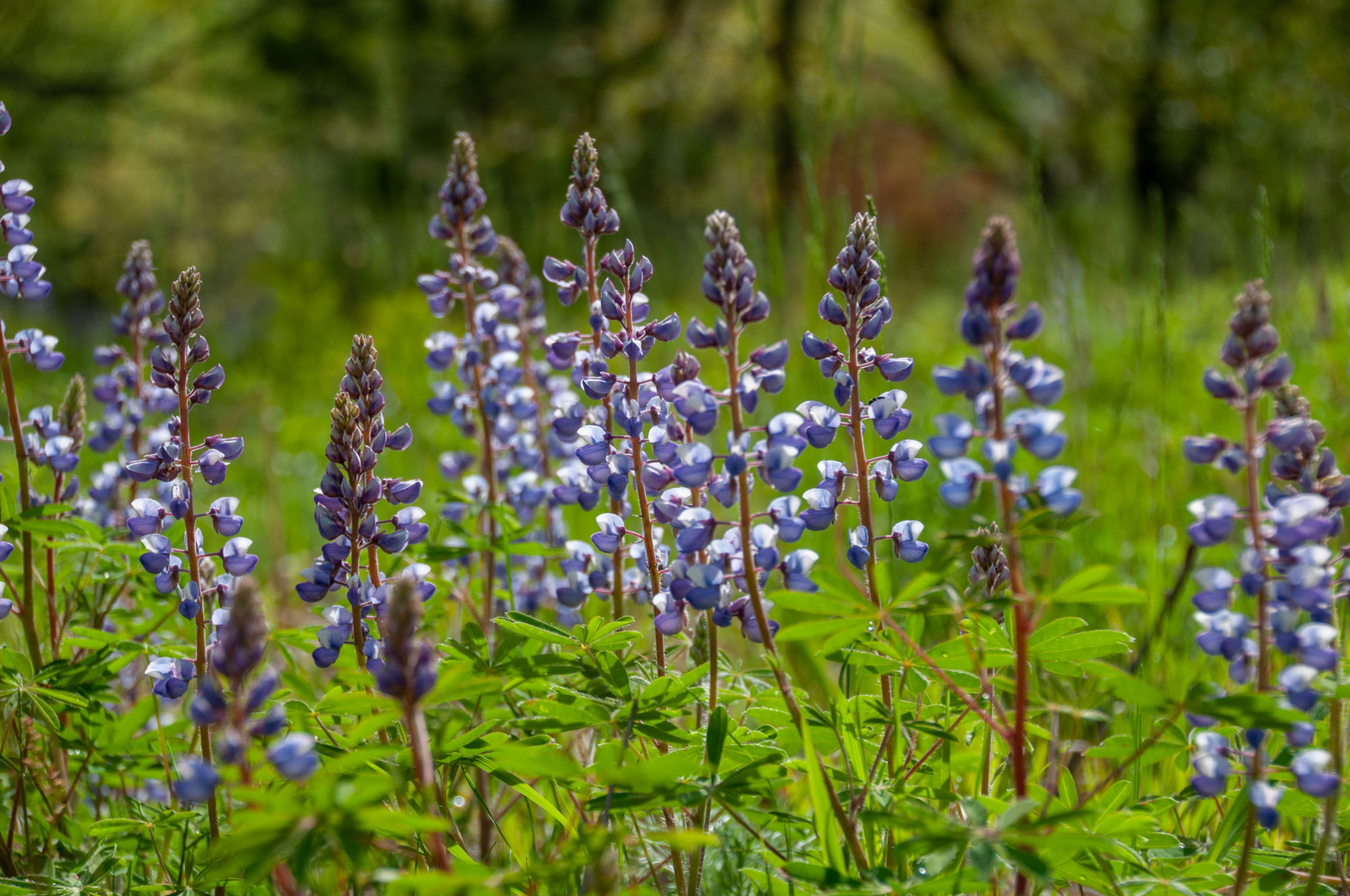
Return to daylight
Work will soon start on the next chapter of restoration at The Highlands. The collaboration between the Land Conservancy and Blandford Nature Center to transform the former golf course into an accessible, natural space with restored habitat continues with a first for both organizations: daylighting an underground stream.
As part of the development in the surrounding area, a stream that once ran on the surface of The Highlands was rerouted to a 48-inch pipe buried underground, part of a system now known as the Reeds-Barlow Drain. The stream collects stormwater from an approximately 200-acre drain field characterized by dense residential land use on the west side of Grand Rapids. The pipe carries the water to a nearby tributary of the Grand River, Indian Mill Creek. This process has had a number of negative consequences for the water quality and health of the Indian Mill Watershed.
Stormwater flows much more quickly through a pipe than on the surface. When storm events occur, the rush of water from the pipe erodes the banks of Indian Mill Creek, sending sediment and pollutants downstream.
Bringing the stream back to the surface would slow the water down, allowing it—and the sediment and pollutants it carries—to slowly filter through the soil along its way to the Grand River. The benefits would cascade to the plants and critters who live in and around the stream and throughout the watershed.
There are many buried streams in Grand Rapids. In 2012, the City of Grand Rapids identified daylighting some of these streams as a priority their Green Grand Rapids master plan. In 2015, they produced a report outlining where in the city those opportunities were.
 “For the benefit that we would get, (the Reeds-Barlow Drain) was one of the best opportunity sites we had,” said Carrie Rivette, the wastewater and stormwater maintenance superintendent for the City of Grand Rapids. “But at the time, The Highlands was a private golf course, so we obviously didn’t think we’d have any chance.”
“For the benefit that we would get, (the Reeds-Barlow Drain) was one of the best opportunity sites we had,” said Carrie Rivette, the wastewater and stormwater maintenance superintendent for the City of Grand Rapids. “But at the time, The Highlands was a private golf course, so we obviously didn’t think we’d have any chance.”
In 2017, Blandford Nature Center and the Land Conservancy acquired The Highlands, and through a series of serendipitous connections, the Reeds-Barlow Drain’s triumphant return to the surface became a possibility.
“It’s pretty exciting and amazing the way it all lined up,” Carrie said.
Several partners are involved in the stream daylighting project. The City of Grand Rapids is a major funder and champion of the project. Other partners who have donated both funding and expertise to the project include the Kent County Drain Commissioner, the Michigan Department of Environment, Great Lakes and Energy, the Natural Resources Conservation Service, U.S. Fish and Wildlife Service, the Lower Grand River Organization of Watersheds, and Friends of Grand Rapids Parks.
“The coolest part of this project for me has been seeing the enthusiasm of our community partners,” said Justin Heslinga, LCWM stewardship director. “We have a really diverse set of public and private partners on this project, and it’s been really exciting to be able to pull different folks together to get this project off the ground.”
Carrie said the project is the first of its kind she will have seen from pre-conception through completion in her time working for the city, and she has also been impressed by the teamwork behind it all.
“West Michigan is awesome with collaborations, but this is probably one of the biggest collaborations and best partnerships I’ve seen with the variety of parties we have getting involved here,” Carrie said.
The partners are in the final stages of planning for the stream and the on-the-ground work will begin in spring 2022. When all is said and done, we will excavate 1,800 feet of the Reeds-Barlow Drain and replace it with a rocky, natural stream bed. We’ll also create riparian wetlands within the floodplain to store and filter more stormwater and plant native vegetation to further reduce erosion.
A conservative estimate suggests the daylighted stream will capture more than 7.2 million gallons of stormwater per year.
“The water quality benefits will be massive,” Justin said. “But I think the habitat value and educational opportunities this project will bring to the community are equally as exciting. There’s really no downside, which is what makes this project so fun to work on.”
Blandford Nature Center President and CEO Jason Meyer agrees: “At Blandford, we are really excited about the educational opportunities that come along with this endeavor. We have several projects across the nature center that aim to improve water quality, but this is going to be the flagship of those. As with all of the others, we couldn’t accomplish these goals without our partners, and we are so impressed with the Land Conservancy of West Michigan’s coordination of this effort.”
The coalescence of these achievements shows the true power of what will ultimately be a peaceful, slowly meandering stream.
“We’ve buried so many of our natural streams,” Carrie said. “This is such an exciting project and it’s such a great fit with all of the restoration work that’s already been done on at The Highlands. I’m really excited for the habitat and water quality improvements and the decrease in flooding that will happen because of it.”
Illustrations by Ameena Hobbs





Iantha Fyolek
Is there a map of the other waterways they want to daylight?
Marie Orttenburger
Hi Iantha, you can see maps of the stream daylighting opportunities identified by the City in 2015, including the Reeds-Barlow Drain, in this document.
Darla Alexander
I had no idea we had buried our streams. This is going to be wonderful.
Cecilia S.
Hello! We are nearby neighbors of the Highlands and wondering if work on the stream will be beginning soon? We are eagerly anticipating it! Thank you!
Marie Orttenburger
Hi Cecilia! Yes, we will begin work on daylighting the stream in late June or early July.